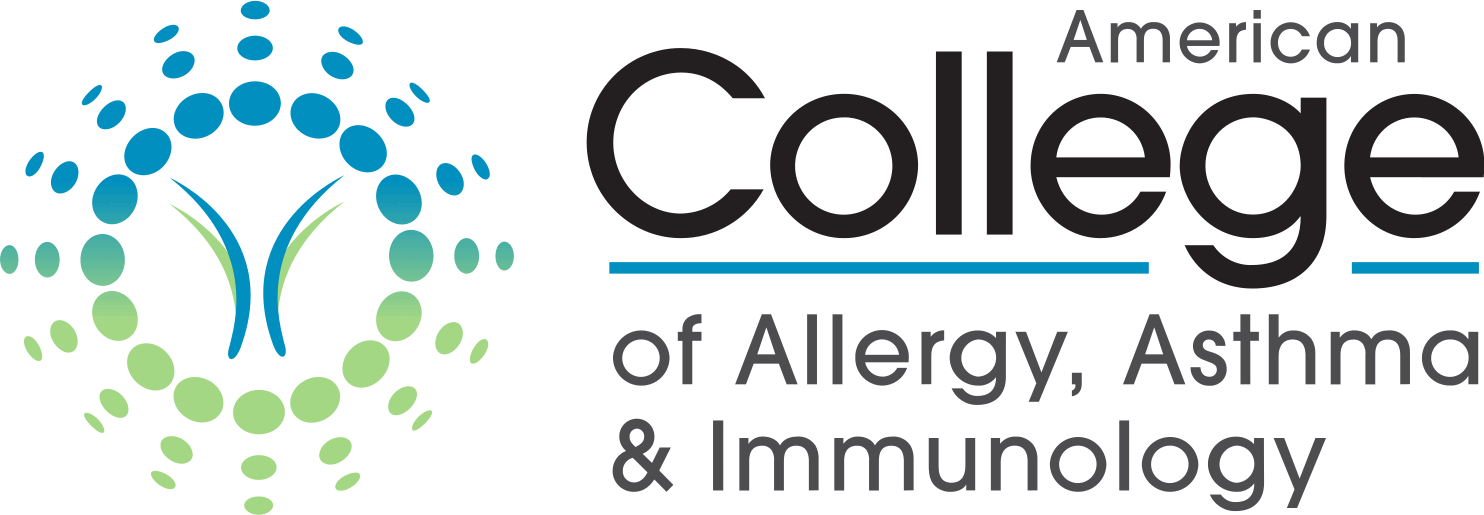Newswise — Routine clinical use of immunoassays, a type of blood test for measuring antigen-specific IgE or IgG antibodies, is not recommended as a primary means of assessing environmental fungal exposure or its harmful effects according to a report published this month in Annals of Allergy, Asthma & Immunology, the scientific journal of the American College of Allergy, Asthma and Immunology (ACAAI).
Douglas B. Trout, M.D., M.H.S., National Institute for Occupational Safety and Health, Centers for Disease Control and Prevention, Cincinnati, with James M. Seltzer, M.D., Division of Occupational & Environmental Medicine and Pediatric Environmental Health Specialty Unit, University of California, Irvine College of Medicine, Irvine, Calif., and colleagues advise health care providers to use immunoassay results only as an adjunct to a comprehensive approach to patient care when evaluating patients with potential fungi-related symptoms. After reviewing relevant scientific investigations regarding the proper role of immunoassays in clinical assessments of exposure to fungi and health effects related to fungal exposure, the authors conclude there is not enough evidence to support the test as a primary means of assessment.
A number of different immunoassays are being used in the clinical evaluation of patients seeking care for symptoms they attribute to fungi, including Stachybotrys chartarum, detected in their home or work environment.
According to the report, exposure to fungi -- which comprise some 25 percent of the biomass of the earth -- may occur through inhalation of airborne spores and fragments, ingestion of contaminated foods and skin or eye contact after handling contaminated material. Only a very small percentage of the more than 1,000,000 known fungal species are associated with reports of human and animal diseases, including immunologic hypersensitivity, infection, toxic reactions and irritant reactions.
Although antigen-specific antibodies can serve as indicators of previous fungal exposure, they do not determine where or when the exposure took place because the immune system can continue producing the antibodies for months or even years. Their presence can offer only supporting evidence of causation in cases where environmental exposure has been confirmed.
Other challenges associated with assessment of health effects caused by exposure to fungi discussed in the report include the absence of standardized immunoassay procedures and reference reagents for interpretation of results and technical incompatibilities of current environmental sampling techniques.
The ACAAI is a professional medical organization comprising 4,963 qualified allergists-immunologists and related health care professionals. The College is dedicated to the clinical practice of allergy, asthma and immunology through education and research to promote the highest quality of patient care.
Citation: Trout DB. Clinical use of immunoassays in assessing exposure to fungi and potential health effects related to fungal exposure. Ann Allergy Asthma Immunol 2004; 92:483-492.
MEDIA CONTACT
Register for reporter access to contact detailsCITATIONS
Annals of Allergy, Asthma & Immunology (May 2004) (May-2004)
